Site Specific Art at the Fall Undergraduate BFA show.
Sandwiched between the comprehensive exhibitions “Detroit, USA: Material, Site, Narrative” and “The Great Refusal: Taking on New Queer Aesthetics,” in the Sullivan Galleries, this year’s Fall Undergraduate BFA show seemed significantly less intense by comparison. Despite a more liminal exhibition space and a smaller selection of art than previous years, some of the most effective pieces were those that reconciled with the gallery space successfully, utilizing it as an integral part of the work instead of treating it as an afterthought. For instance, few small installation rooms were used this year and a majority of the work was simply exhibited on the wall or on a combination of the wall and floor.
Immediately drawing the viewer in from around the corner with its sickly green luminance, Maria Eugenia Moya Martinez’s “They Are Not Dead, They Are Drunk” is the only piece to occupy an entire installation room at the show. The walls and floor of the installation are sheathed in gigantic swaths of faux white fur, and scattered around the space are four lime-green, neon sculptures of rabbits in various
death positions. Aside from visually transforming the space, this piece immediately engages in conversation with the bio artist Eduardo Kac’s controversial piece “Alba (GFP Bunny),” who commissioned a French laboratory to genetically modify an albino rabbit’s zygote with Green Fluorescent Protein (GFP) from a jellyfish with the idea that the rabbit would then glow neon green when exposed to a specific blue light.
Moya Martinez’s piece also critically references a broad history of the representation of rabbits in art. The poses of many of the rabbits reflect still-life oil paintings of dead hares by Francisco de Goya and Jan Weenix, and the sculptural treatment of the neon appropriately builds on the socially critical neon work of Bruce Nauman. Her piece engages in a discourse on simulacra—even though its materials are posed to signify rabbits, there are no traces of actual rabbits in this piece. Just as Kac’s rabbit is technically not a natural rabbit, something potentially more pleasurable and interesting than the actual is presented. At the same time, Martinez’s title, the death poses of the rabbits, and their materiality all cast a critical light on the ethical questions surrounding Kac’s project.
Another textually nuanced piece concerned with simulation and an engagement with the gallery space is Jon Waites and Bruno Smith’s “Crème de la Crème Enterprises.” Complete with a deliberately vague and airy press release, their sardonic multi-media installation consisted of three wall-mounted pieces, and a “live” video feed of another gallery, appropriately called the “In Here Gallery,” displaying a few more pieces by the artists. In truth, the “live” video feed was nothing more than a blurred still image with a static hum emanating from the speakers. This gesture parodies ideas about reality, interactivity and topicality often seen in contemporary work like Maurice Benayoun’s “The Tunnel under the Atlantic.” The installation is a farcical pastiche of gallery exclusivity and sponsorship, as both the gallery and its work were incestuously created, exhibited, and curated by Waites and Smith themselves. It also lambasts the idea that there can be a distinct “contemporary” moment in art production and exhibition processes by deconstructing various tropes and strategies of presenting contemporary art. That being said, the very materials of the pieces call out their own artificiality and affect. For example, the piece “Relic: Skull, The Execution of Maximillian,” consists of a bull’s skull splattered with acrylic paint so meticulously that it begs to be seen as calculated and artificial rather than expressionistic and organic. The piece dually references both Eduard Manet’s painting “The Execution of Maximillian,” which cheapened and reinforced Francisco de Goya’s pathos-laden painting “Executions of the Third of May,” as well as the oil paint-covered, taxidermied goat in Robert Rauschenburg’s absurdist combine painting “Monograph.” By claiming the skull as a bare-boned “Relic” of Rauschenburg’s work, Manet’s age-old strategy of desensitization through repetition is rehashed, questioning if this much-used process is useful or even desirable in a contemporary setting.
Using an alternative artistic strategy, Tony Jacobs’ “The Family Afterward” deliberately draws attention away from the gallery. On a wall-mounted flat screen television, a video shows a young man in a serene forest, futilely digging into the ground with his hands, while the audio presents the reminiscence of a self-destructive and drug-addicted male from various people who knew him, a long mane of brown hair obscuring his face. With the video on loop, a bench and audio from two sets of headphones to keep attention focused, it becomes an exhaustive, symbolic investigation of his interior mental space, recklessly focused on one goal. The narratives of the family, friends and girlfriend of the substance-dependent male in the audio track speak of the burden, release and pain caused by his life and death. When the audio is contextualized by the video, the author’s stance on either the family or the individual are left ambivalent, a deliberate decision to let viewers make their own subjective judgments on their narratives.
Imagining the white cube as a point of departure instead of a stumbling block, the works by Martinez, Waites, and Smith explicitly acknowledge and embrace gallery space as a framing device; a place where their art can gain context and significance.

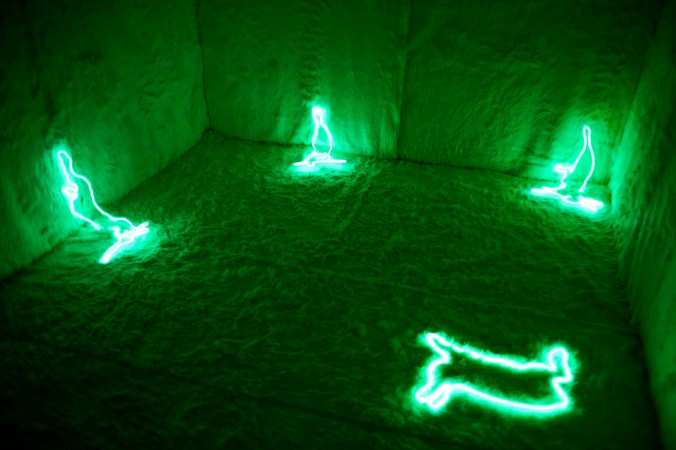
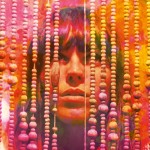
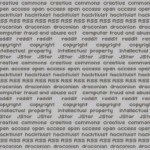
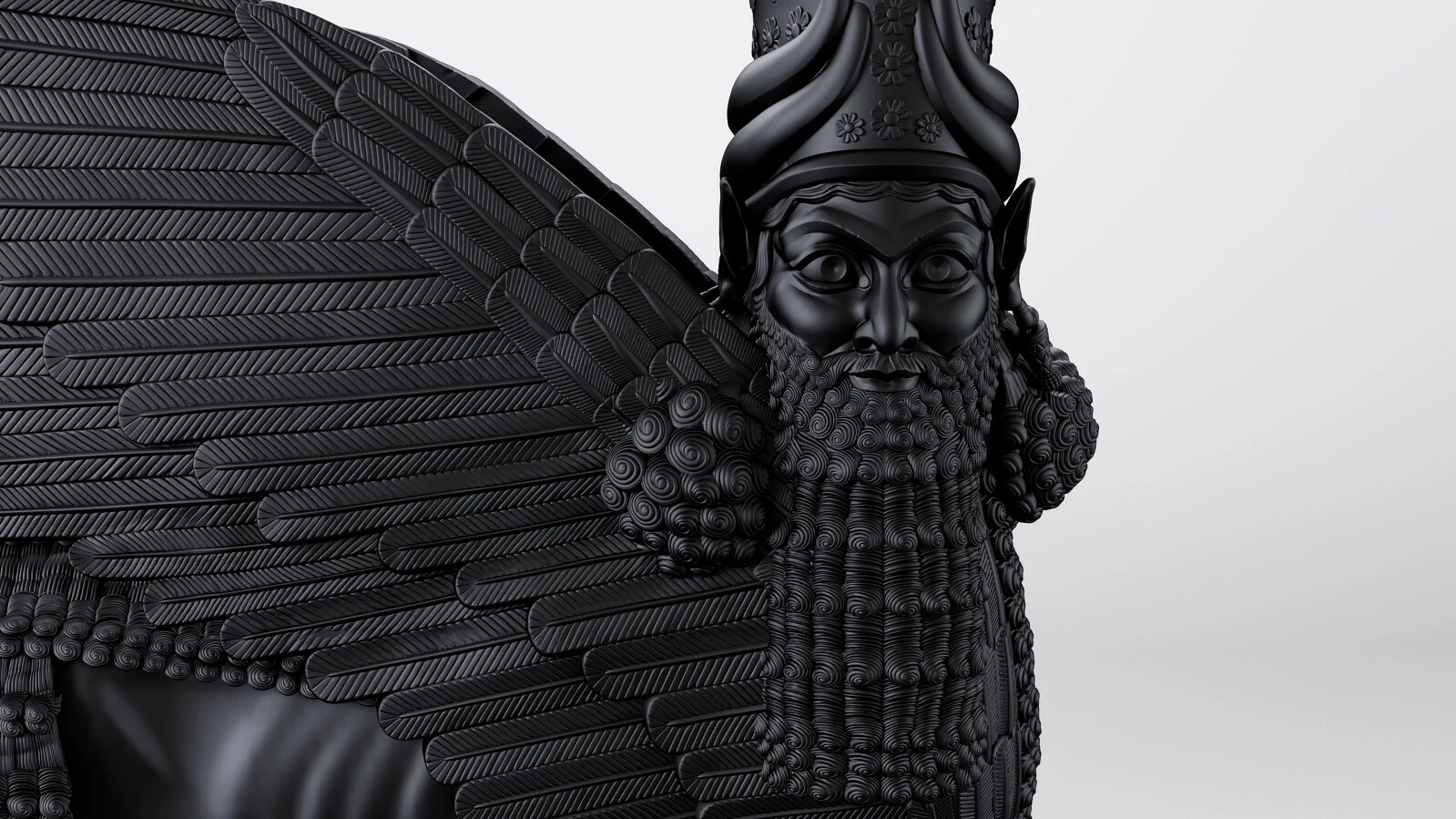
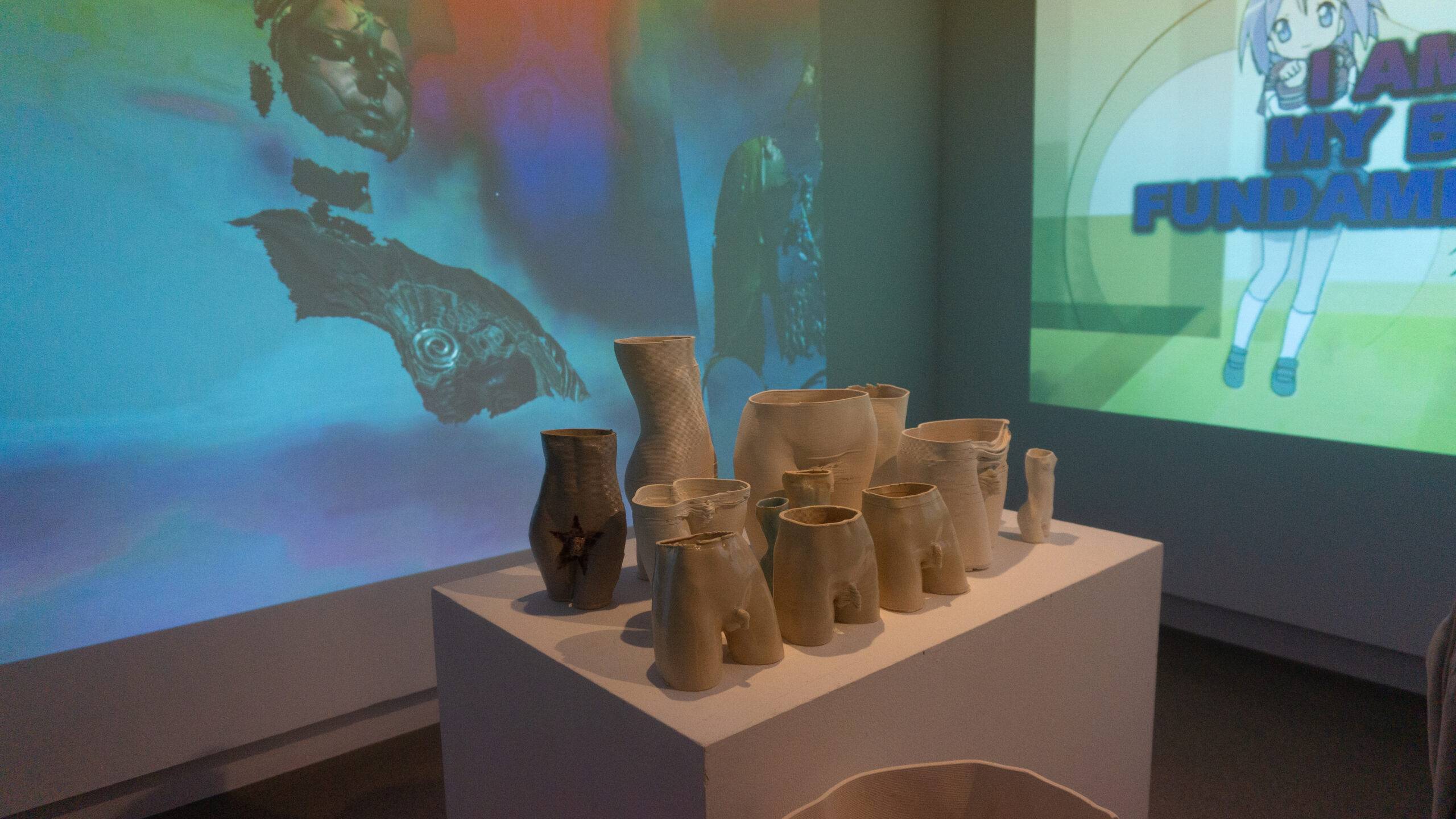
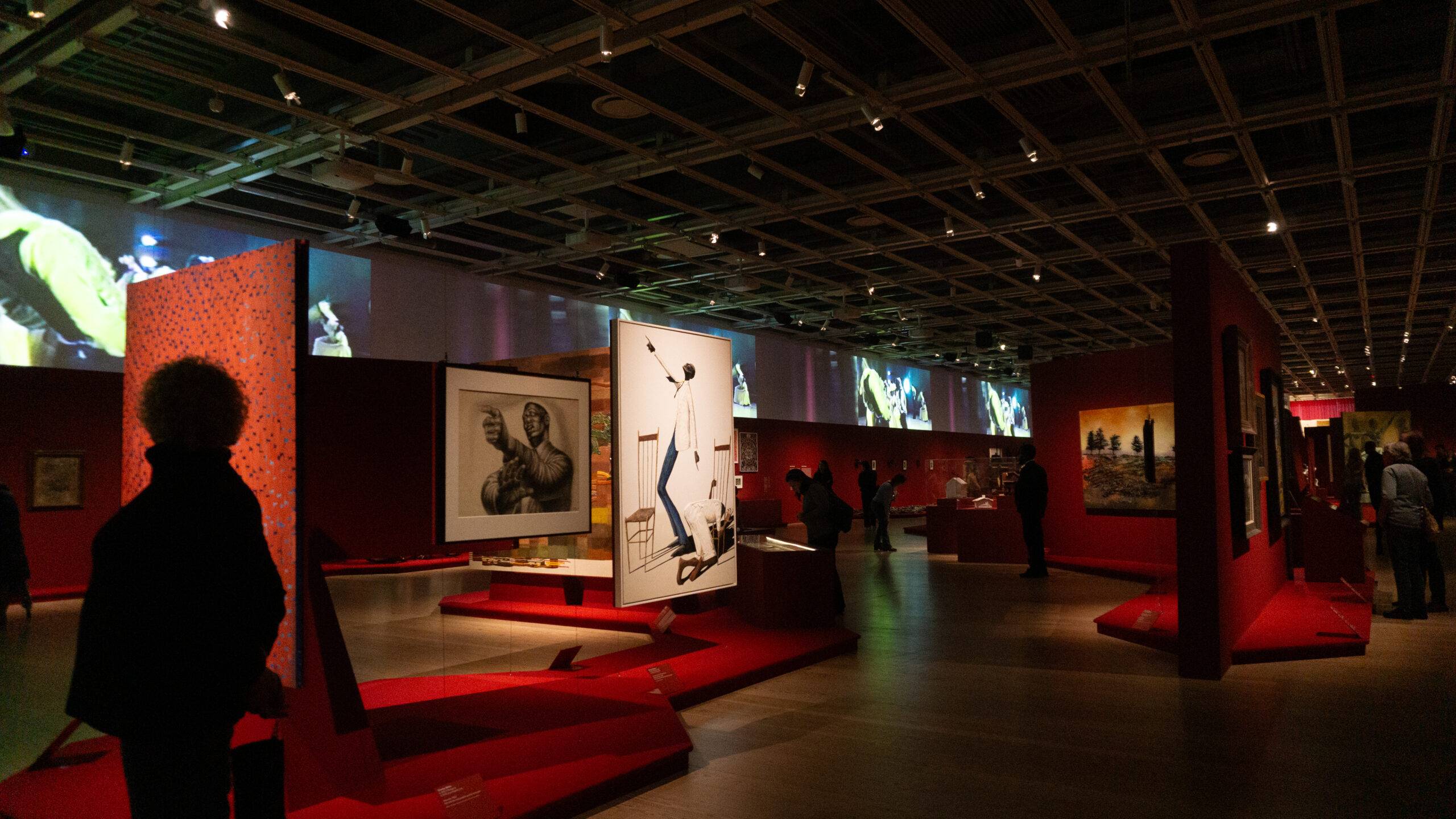
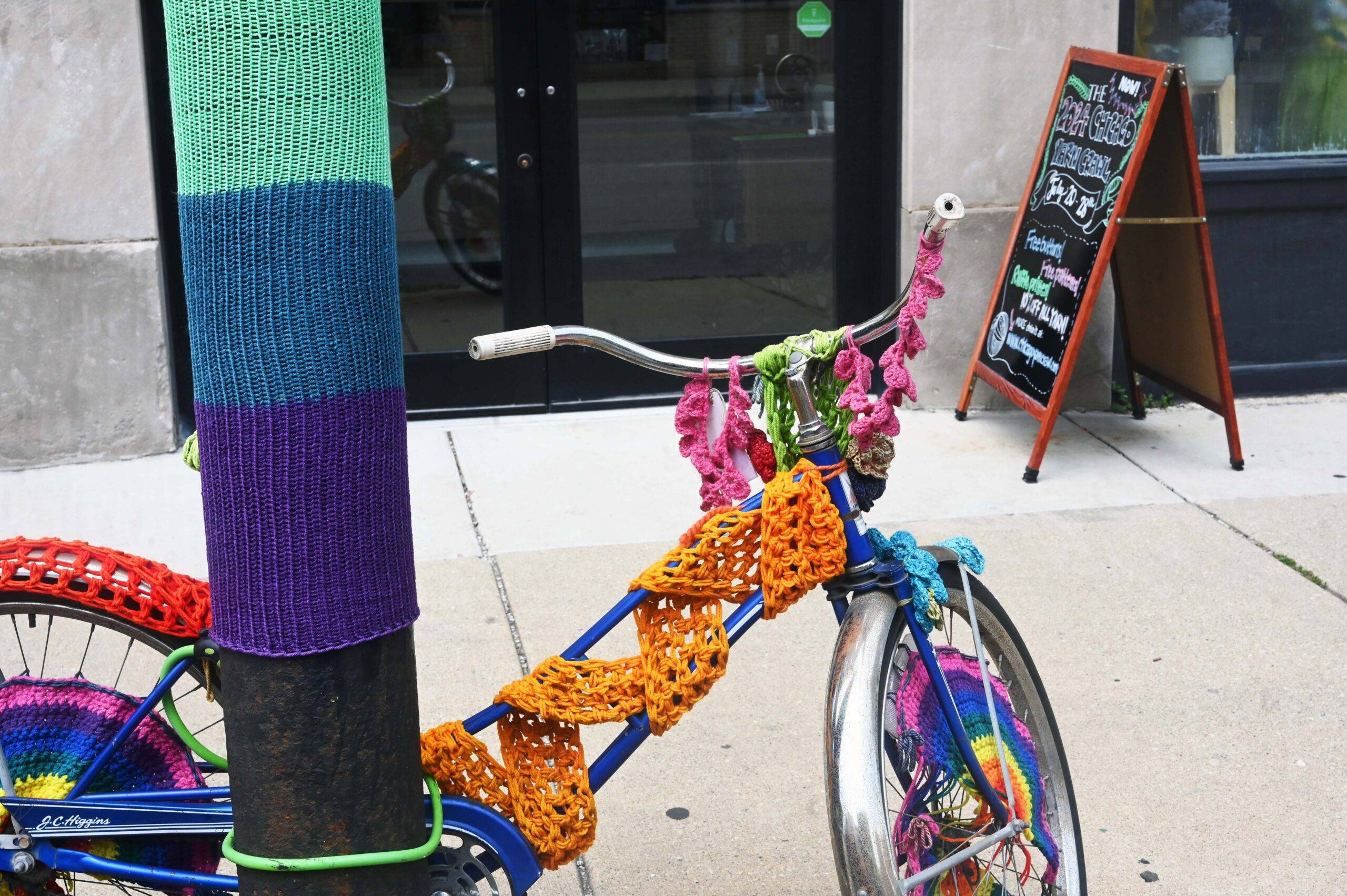







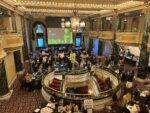






I don’t know if this is relevant (I haven’t seen the work) but argumentation sounds good to me…